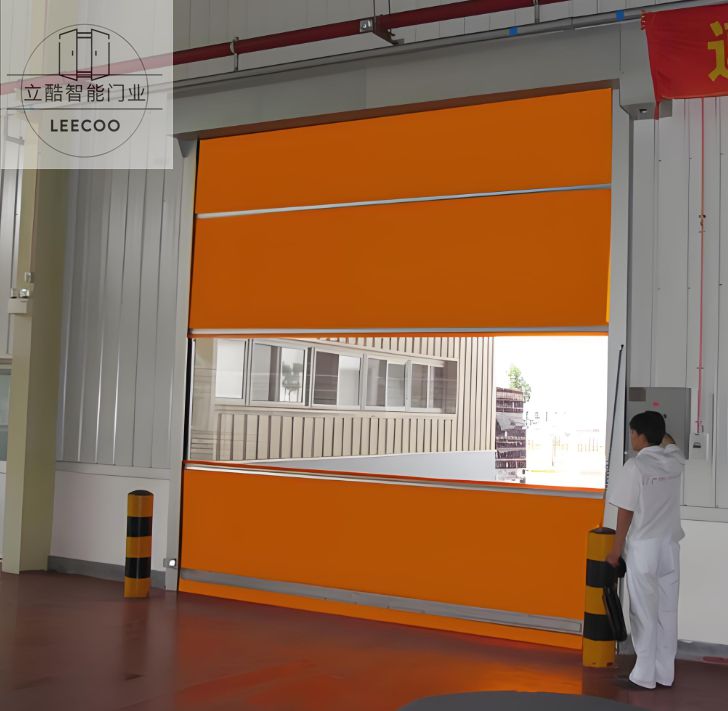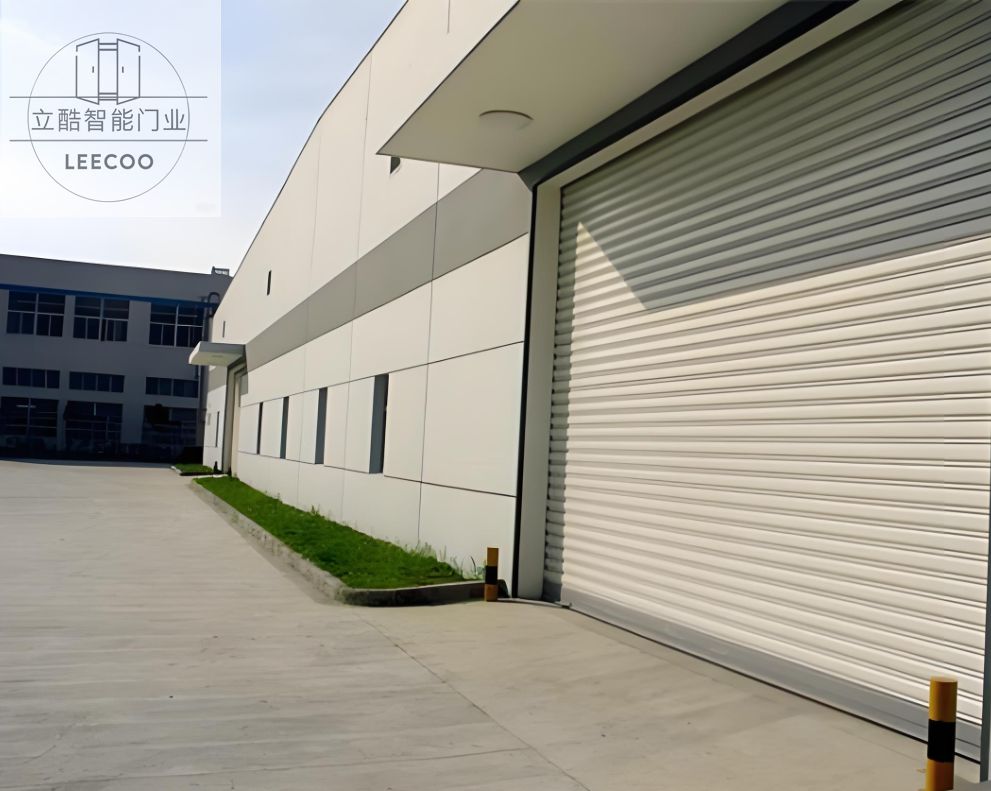Abstract
Fire-rated rolling shutters serve as critical passive fire protection systems in buildings, designed to compartmentalize fire events and prevent flame/smoke spread. This article explores practical methodologies for assessing their effectiveness, focusing on key performance metrics, real-world challenges, and evaluation frameworks.

Effective fire compartmentation hinges on three pillars:
Fire Resistance Rating (FRR): Measured in minutes (e.g., 60/120 EI), indicating integrity and insulation under standard fire tests (ISO 834, ASTM E119).
Integrity: Ability to maintain structural continuity without holes/gaps exceeding specified limits.
Insulation: Thermal insulation performance to restrict temperature rise on the non-fire side.
Field Testing Methods:
Smoke Leakage Tests: Using laser-based systems to detect gaps during simulated fire conditions.
Thermocouple Arrays: Monitoring temperature gradients across the shutter.
Deflection Measurements: Tracking structural deformation under heat stress.
Beyond laboratory ratings, field effectiveness depends on:
Installation Quality: Proper anchoring, guide rails, and sealing systems.
Material Degradation: Environmental factors (humidity, UV) affecting fabric/metal components.
Operational Reliability: Failure rates of motors, sensors, and manual override mechanisms.
Case Study:
In a 2023 UK warehouse fire, a 120-minute rated shutter failed after 45 minutes due to unsealed gaps around the guide rails. Post-incident analysis revealed installation errors and lack of maintenance.
Risk-Based Approach:
Fire Dynamics Simulator (FDS): Modeling smoke/flame spread with/without shutters.
Probabilistic Risk Assessment (PRA): Quantifying failure probabilities using historical maintenance data.
Inspection Protocols:
Visual Checks: Quarterly inspections for corrosion, damage, and obstruction.
Functional Testing: Annual deployment/retraction cycles with thermal imaging.
Performance Metrics:
Availability Index: % uptime over service life.
Failure Rate (FIT): Calculated as failures per billion hours of operation.
Common Issues:
False Sense of Security: Over-reliance on FRR ratings without considering installation context.
Maintenance Neglect: 40% of failures in a 2022 NFPA survey were linked to lack of lubrication/cleaning.
Human Error: Accidental deactivation or obstruction during emergencies.
Solutions:
Smart Monitoring Systems: IoT sensors tracking temperature, vibration, and operational status.
Hybrid Designs: Combining intumescent seals with gravity-fail-safe mechanisms.
Training Programs: Certified operator drills for emergency deployment.

Effective fire compartmentation requires a holistic approach integrating:
Rigorous adherence to installation standards (NFPA 80, BS EN 1634-1).
Continuous performance monitoring through digital tools.
Collaborative stakeholder engagement (installers, building managers, fire engineers).
By merging laboratory testing with field-validated data, stakeholders can ensure rolling fire shutters deliver their intended safety outcomes in dynamic real-world scenarios. Regular re-evaluation against evolving building codes and material technologies remains essential for long-term fire resilience.
Contact:陈明龙
Phone:19200497706
Tel:19200497706
Email:shally79@sina.com
Add:佛山市南海区桂城街道夏东涌口村工业区石龙北路北区一横路5号